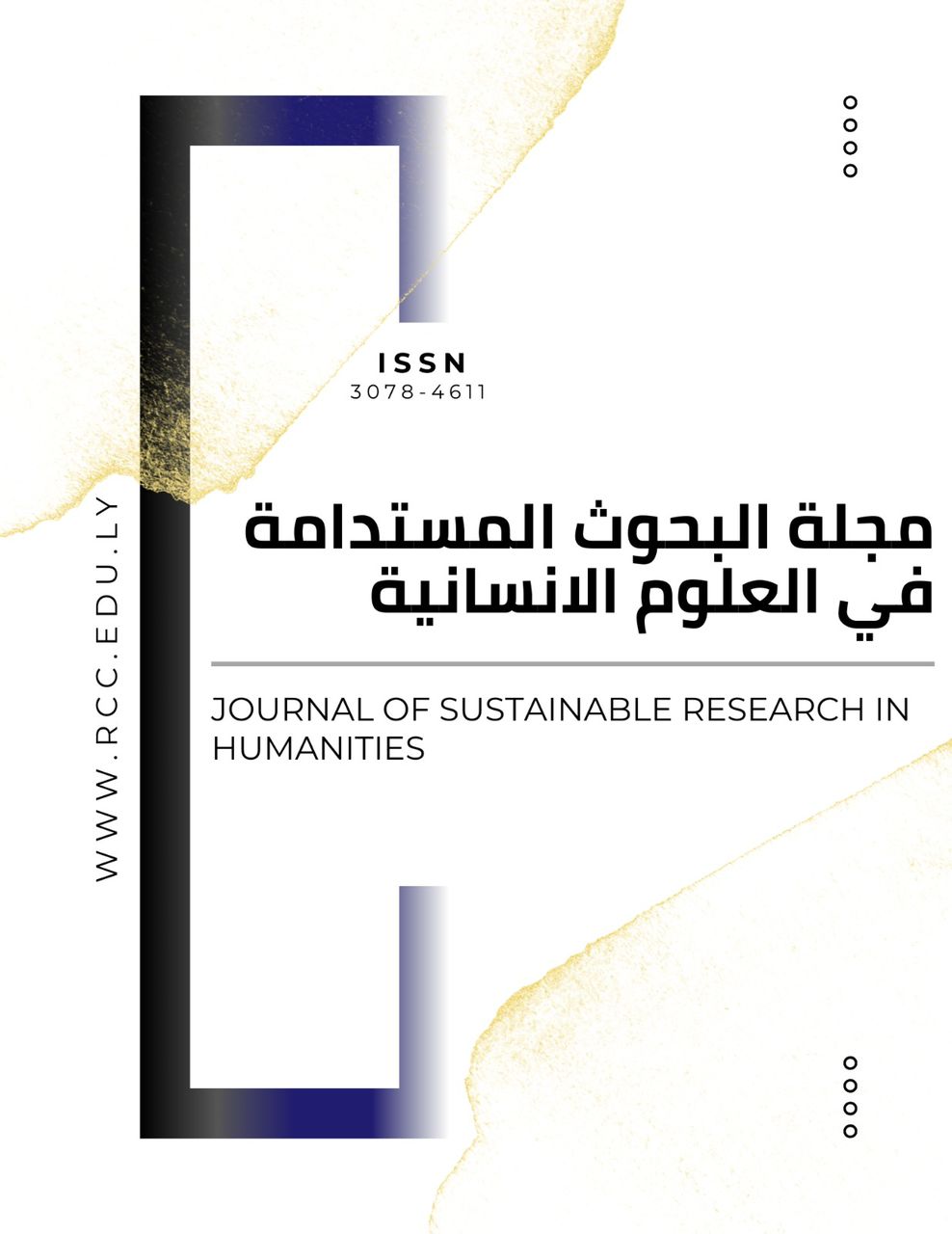Textual Cohesion in Classical Arabic Poetry: The Poem of Qays ibn al-Mulawwah as a Model
DOI:
https://doi.org/10.36602/jsrhs.2025.2.2.10Keywords:
textual cohesion, syntactic parallelism, reference, semantic substitution, collocation, Qays b. al-MulawwaḥAbstract
This paper examines textual cohesion in Qays b. al-Mulawwaḥ’s poem “Aqūlu li-Aṣḥābī…,” across two complementary levels: grammatical cohesion (reference, ellipsis, conjunction, and syntactic parallelism) and lexical cohesion (collocation, antonymy, synonymy, and semantic/lexical substitution). The analysis combines insights from modern text linguistics (Halliday & Hasan; de Beaugrande & Dressler) with classical Arabic poetics, and applies them closely to the poem’s lines. Findings indicate that the poem constructs a clear internal unity: syntactic parallelism supplies patterned regularity that guides meaning and argumentation, while semantic substitution forms a lexical network that regenerates meaning without verbatim repetition. Antonymy, synonymy, and collocation jointly build a coherent semantic field that articulates the lover’s affective experience.
Downloads
Downloads
Published
Issue
Section
License

This work is licensed under a Creative Commons Attribution-NonCommercial 4.0 International License.








